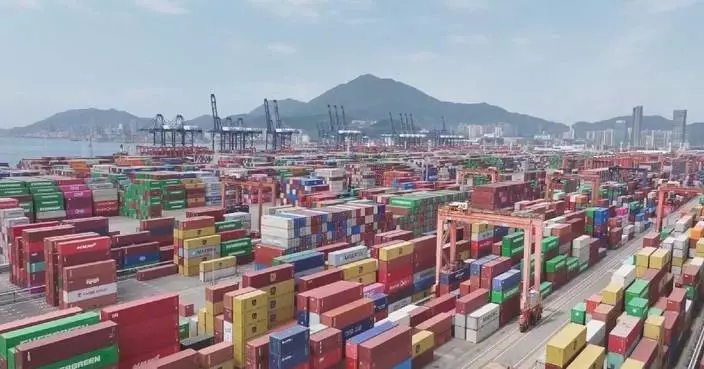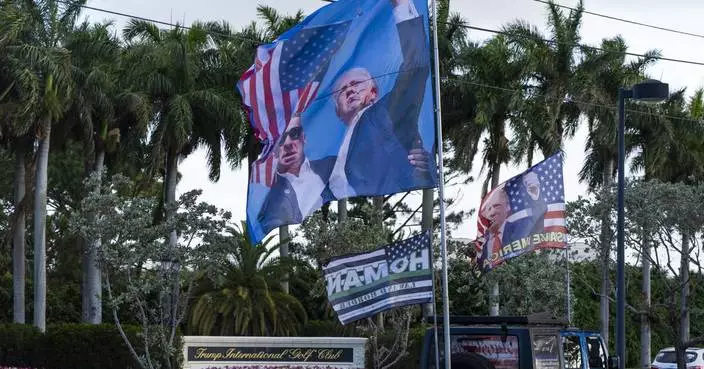Residents living in danger-prone areas in Shanghai and neighboring Jiangyin City, Jiangsu Province in east China were evacuated in emergency Thursday, before Typhoon Pulasan made a second landfall in the region.
The typhoon, which reached a maximum wind force of 23 meters per second near its center, hit Fengxian District of Shanghai at about 21:45 after its first landfall earlier the same day in neighboring Zhejiang Province, according to the municipal meteorological observatory of Shanghai.
Pulasan moved further to Jiangyin City in Jiangsu at 05:00 on Friday, with its intensity setting to gradually weaken, said the Zhejiang meteorological observatory.
Across Jiangyin City, personnel living or working in danger-prone regions like construction sites, dilapidated houses, and underground spaces had all been evacuated on Thursday night.
The city's water conservancy department had also been strengthening disaster prevention work, tracking closely the movement of Pulasan and monitoring its impacts.
"We would lower the rivers' water levels beforehand, controlling them to about three meters deep. We patrol the levees once every six hours as the level-III emergency response plan requires so, in order to ensure the levees' safety," said Zhang Yaolong, deputy director of Dingbo Water Conservancy Center in Jiangyin.
Starting from Thursday afternoon, Shanghai's Lingang Special Area evacuated a total of 60,000 personnel living in seven danger-prone areas including the make-shift buildings in the construction sites and the dilapidated houses on farmland.
The evauees were transported to safe shelters including five within the Lingang Special Area.
Pulasan has weakened from tropical storm to tropical depression at 08:00 Friday as it made way through Jiangyin, said China's National Meteorological Center (NMC).
The typhoon will move northward at a speed of 5 to 10 kilometers per hour before it turns northeastward, according to an NMC forecast.

East China's Shanghai, Jiangsu evacuate residents from vulnerable areas amid typhoon





















































